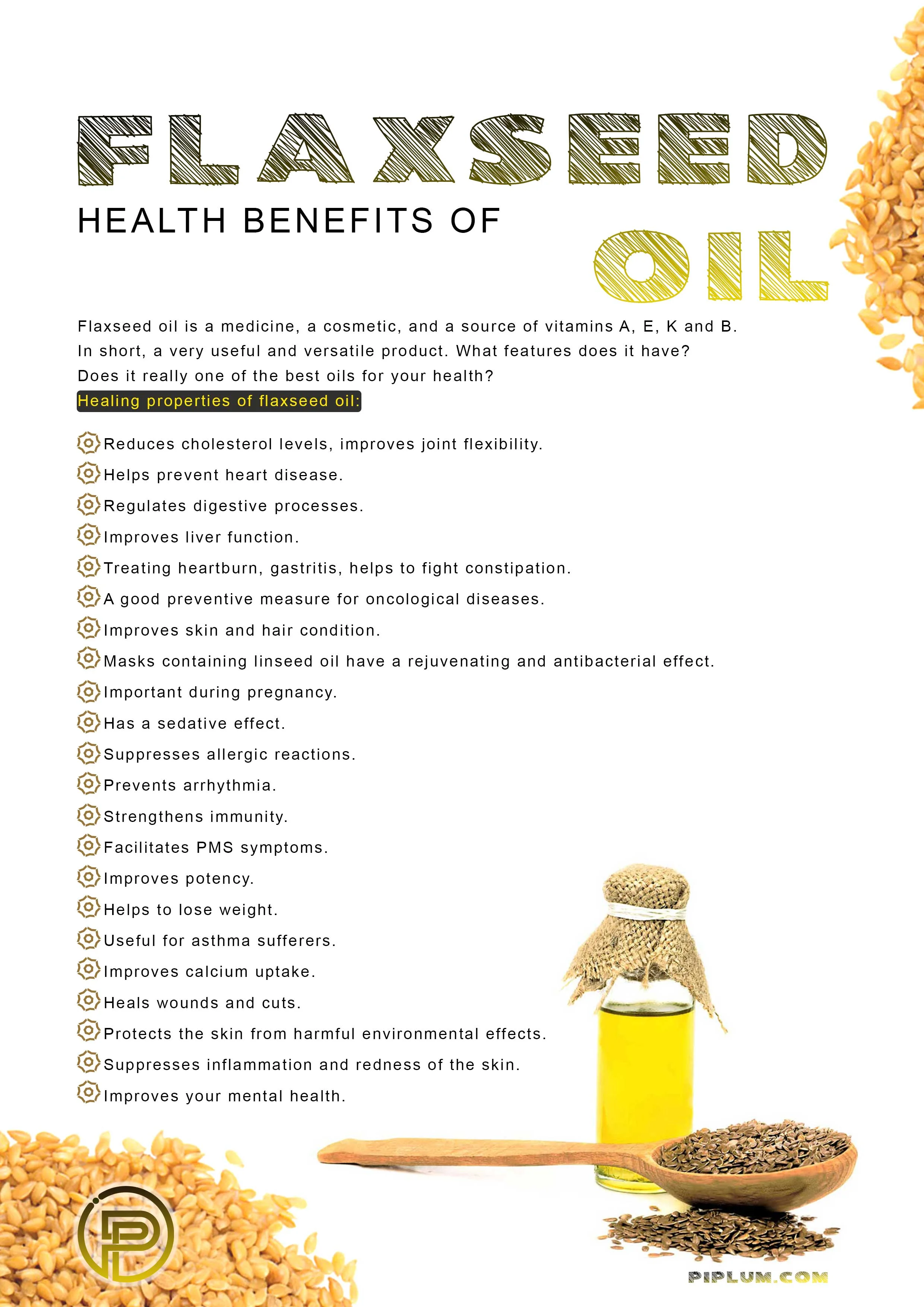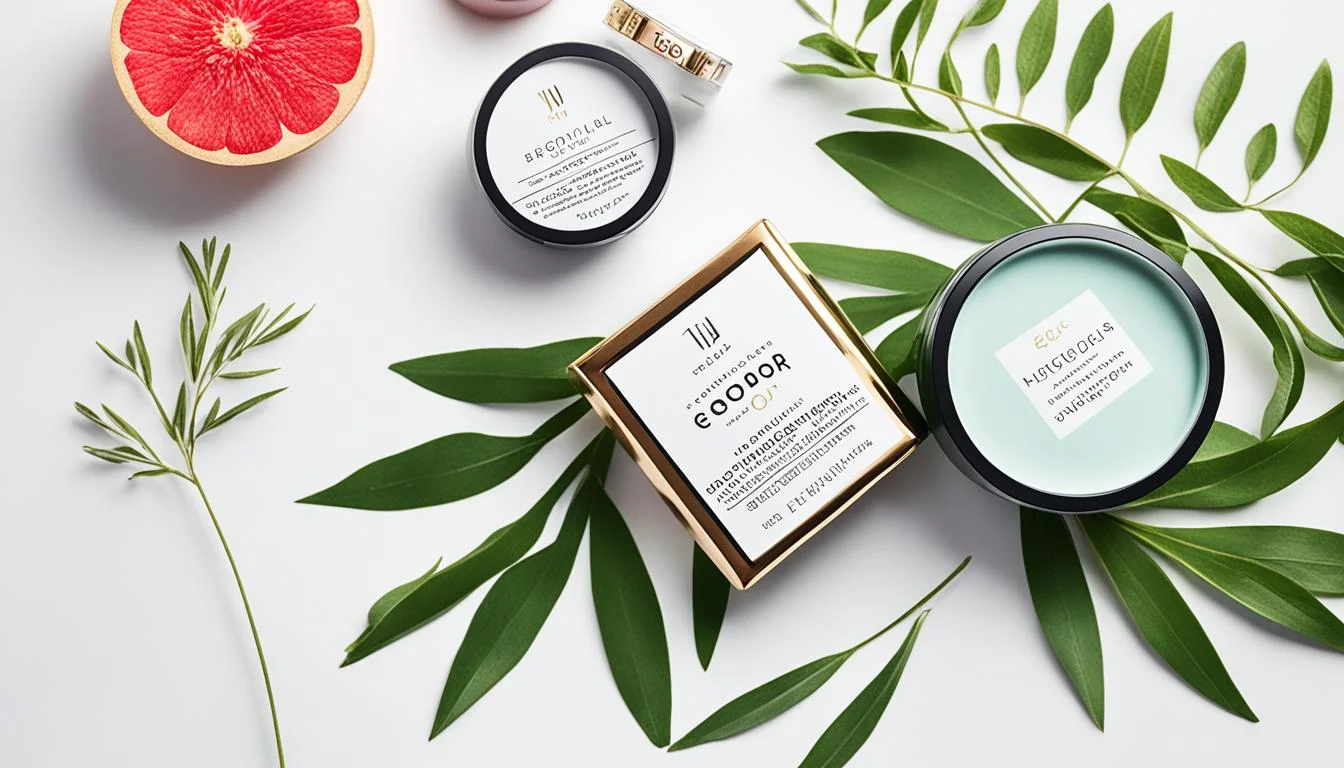
Discover the best oils for children as recommended by doctors. This comprehensive article explores various alternatives, providing expert insights to help you make informed choices.
When it comes to the well-being of our children, every parent wants the best. Nutrition plays a crucial role in their growth and development, and choosing the right oils for their diet is no exception.
In this article, we’ll delve into the world of oils and explore the best options recommended by doctors. Whether you’re cooking, massaging, or using oils for various remedies, we have you covered. Let’s dive in and discover the alternatives that will nurture your child’s health.
What Kind of Oil is Best for Children?
Choosing the right oil for your child is essential, as it can impact their overall health and development. The following alternatives come highly recommended by doctors:
1. Extra Virgin Olive Oil (EVOO)
EVOO is a time-tested option with numerous health benefits. Its anti-inflammatory properties can help boost your child’s immune system, promoting overall wellness. Its rich source of monounsaturated fats aids in brain development and enhances cognitive functions.
2. Coconut Oil
Coconut oil is renowned for its medium-chain triglycerides (MCTs), which can be easily digested and converted into energy. It is a great alternative for children with digestion issues and offers antimicrobial properties to keep infections at bay.
3. Avocado Oil
Avocado oil is packed with vitamins and minerals, including vitamin E and potassium, which support healthy skin and heart functions in children. Its mild taste makes it an excellent choice for various dishes.
4. Almond Oil
Almond oil is gentle and nourishing for your child’s skin. It’s rich in vitamin E and can be used for baby massages to promote relaxation and improve sleep patterns.
5. Flaxseed Oil
Flaxseed oil is a fantastic source of omega-3 fatty acids, essential for brain and eye development. It helps in enhancing memory and cognitive abilities in children.
6. Sesame Oil
Sesame oil is a rich source of antioxidants and has antibacterial properties, making it an ideal choice for oil pulling, a traditional oral health practice that benefits children’s dental health.
7. Fish Oil
Fish oil supplements are a great way to ensure your child receives an adequate amount of omega-3 fatty acids, which play a vital role in brain development and reducing inflammation.
8. Sunflower Oil
Sunflower oil contains vitamin E and low levels of saturated fats, making it a heart-healthy option for cooking and baking.
9. Grapeseed Oil
Grapeseed oil is light and non-greasy, making it an excellent choice for moisturizing your child’s skin. It’s rich in antioxidants and vitamin C.
10. Jojoba Oil
Jojoba oil closely resembles the natural oils in our skin, making it a gentle and soothing option for children with sensitive skin.
11. Walnut Oil
Walnut oil is a good source of omega-3 fatty acids and antioxidants, contributing to improved brain health and a strengthened immune system in children.
12. Mustard Oil
Mustard oil has antibacterial and antifungal properties, making it beneficial for various skin and hair conditions in children.
13. Apricot Kernel Oil
Apricot kernel oil is gentle on the skin and can be used for baby massages to promote relaxation and improve sleep quality.
14. Black Currant Oil
Black currant oil is rich in gamma-linolenic acid (GLA), which supports healthy skin and immune functions in children.
15. Argan Oil
Argan oil is an excellent moisturizer for children’s skin and can help manage dryness and itchiness.
16. Pumpkin Seed Oil
Pumpkin seed oil is rich in zinc and antioxidants, benefiting children’s skin and supporting their immune system.
17. Chamomile Oil
Chamomile oil has calming properties and can be used in aromatherapy to help children relax and sleep better.
18. Neem Oil
Neem oil is known for its antiviral and antifungal properties, making it useful for treating various skin conditions in children.
19. Lavender Oil
Lavender oil is widely used for its soothing effects, helping children cope with anxiety and promoting better sleep.
20. Tamanu Oil
Tamanu oil possesses healing properties and can be used to treat minor skin irritations and wounds in children.
21. Calendula Oil
Calendula oil is gentle and can be used to soothe diaper rash and other skin irritations in infants and young children.
22. Evening Primrose Oil
Evening primrose oil is rich in omega-6 fatty acids and can aid in managing eczema and other skin conditions in children.
23. Castor Oil
Castor oil has been used for generations as a natural remedy for constipation in children.
24. Eucalyptus Oil
Eucalyptus oil can help relieve congestion and ease breathing difficulties in children when used in aromatherapy.
25. Rosehip Oil
Rosehip oil is packed with vitamins A and C, promoting healthy skin and supporting the immune system in children.
FAQs
Q: Can I use these oils directly on my child’s skin? Yes, most of the oils mentioned are safe for topical use on children. However, it’s essential to perform a patch test first and consult a pediatrician if your child has any allergies or skin conditions.
Q: Are there any oils I should avoid using on children? Yes, some oils, like peppermint and wintergreen, can be too strong for children and may cause skin irritation. It’s best to avoid using them unless specifically advised by a healthcare professional.
Q: How can I use oils for my child’s health? Oils can be used for cooking, massage, aromatherapy, and skin care. Always dilute essential oils before use and follow recommended guidelines.
Q: Can I give my child fish oil supplements daily? Consult with your child’s pediatrician before starting any supplements, including fish oil. They will recommend the appropriate dosage based on your child’s age and health needs.
Q: Are these oils safe for infants? Most of the oils mentioned are safe for infants, but it’s crucial to use them in appropriate amounts and consult with a pediatrician for personalized advice.
Q: Can I cook with these oils at high temperatures? Some oils have higher smoke points and are more suitable for cooking at high temperatures, such as coconut oil and avocado oil. Always check the specific oil’s smoke point before cooking.
Conclusion
As parents, we strive to provide the best care for our children, including their diet and overall well-being. Choosing the right oil for your child’s needs can make a significant difference in their health and development. In this article, we’ve explored various oils recommended by doctors for children, each offering unique benefits. Whether you’re using oils for cooking, massage, or aromatherapy, these alternatives can enrich your child’s life. Remember to consult with a healthcare professional for personalized advice, especially if your child has specific health conditions or allergies.
When your child is born, choose the oil for the family table more carefully. So what kind of oil is best for children? Time to figure out.
What is the definition of the best oils?
The best are the first-quality cold-pressed oils packed in small bottles of 250 ml dark glass.
Unfortunately, a small package costs comparatively more expensive than other larger oil packages.
In addition, it is advisable to change the oil of the child so it is suggested to buy 4-5 types of oil and use them alternately. This is really a big expense.
Why are the first cold press oils the most useful?
Cold (mechanical) pressure preserves valuable substances, taste, color, irreplaceable fatty acids, natural vitamins, minerals, and many other biologically active substances.
The color of cold pressed oils is a variety of shades of brown, and the constants appear cloudy.
Cold-pressed oils can be used to sprinkle any dish before serving. The only shortage of cold pressed oils is that they go crash quickly, so buy a pack that you will use within 2-4 weeks.
Sometimes one cold pressed oil is mixed with another, such as rapeseed oil with linseed oil.
Before deciding what kind of oil is best for children, you always need to be careful reading product labels.
When buying oil, you can choose the highest quality, best eco-friendly, not buy it made from modified raw material. It is, therefore, necessary to read carefully the product label.
One type of cold-pressed unrefined oil is better than a few refined oils blended into one bottle.
All first cold pressed oils must be clogged thoroughly as they absorb the odors of the environment and, when they come in contact with oxygen, oxidize rapidly.
Store them at 12-14 ° C. Cold-pressed oils are not suitable for stewing, baking, as smoking begins to break down and smoke.
What is different about refined from unrefined oils
Refining is a physical and chemical way of obtaining and processing oil.
With these methods, more oil is extracted from the raw material by boiling or solvent treatment, eliminating the natural taste of the product, odor, various sediments, and providing a transparent color.
Unrefined soy, rapeseed, corn oils are unsuitable for inappropriate taste and smell for food.
Refinery processes decompose most of the essential fatty acids, hydrogenated fats (fatty acids when exposed to 150-240 ° C), in other words, the body is negatively affected by trans fats, vitamins and other biologically active substances die, but oil becomes odorless and clear.
Such oil allows its producers to add various food additives – antioxidants, preservatives, colorants. For the promotion of refined oils, manufacturers come up with a variety of sounds like “Cholesterol“.
Cholesterol is not present in any vegetable oils, so the absence of cholesterol in the oil is neither a work of the manufacturer nor an exceptional feature of the product.
This is just one of the commercial tricks for a loyal customer. In addition, cholesterol, as one of the fats, is essential for children under 3 years.
Refined oils are not suitable for salads.
Oil label
When buying an oil, you should read the entire label, learn how to store the oil, how it changes, when it becomes “out of date”, how long you can keep it open (the latter is more important than the shelf life because a product that is not properly stored may expire before its expiry date), which period of validity.
The label must indicate the oil from which the oil was pressed, the method of pressing the oil, the purpose (for which dishes are suitable, suitable for use or not) until the country of origin is valid.
Care should be taken when the product is made by a little-known manufacturer, entering the country through several resellers and is quite cheap.
Do not buy expired oil, damaged packaging, or product labels made from unknown plant species, as their taste may be unusual for us, genetically modified organisms (GMOs) used to produce it.
Cold press oils are not suitable for stewing, baking
So, before answering the question “what kind of oil is best for children”, you need to find most nutritious oil.
Flaxseed oil
There are many types of oils, but perhaps the most nutritious value you can get from cold-pressed linseed oil.
More about flaxseed oil: Discover Magical Properties of Flaxseed Oil. What Features Does It Have?

For example, in Lithuania and the Baltic countries, this oil has been called liquid gold since ancient times. In Lithuania, cold-pressed flaxseed oil is recognized as a National Heritage product.
In every country, the traditions of nutrition that have settled down over the centuries have been genetically adapted to them.
Therefore, the local plant oil is acceptable to our diet. The extraordinary healing properties of flaxseed oil have been known since ancient times.
Still, Hippocrates used flax oil to treat stomach inflammations and skin burns. Ancient Egyptians widely used flax oil in cosmetology. The unique properties of flax oil are well known and highly valued worldwide.
So, is flaxseed oil is best for children? Yes, It’s one of the top 3 oils.
Hemp seed oil/Cannabis Seed Oil
Hemp seed oil is best for children? Sounds crazy, but let’s dig in deeper.
An article you might like: What’s the Secret and Health benefits of Hemp Seed Oil
Cannabis seed oil is extracted by extracting hemp seeds from a specific type of hemp plant.
There are two types of cannabis plants. The first known as marijuana, it contains tetrahydrocannabinol (a psychic element), and – another species that does not include this psychotropic substance.
For many years, cannabis seed oil has been thought to contain tetrahydrocannabinol, but it has no oil. The oil that has it is called hemp seed oil. So these two types of oils should not be confused.
Cannabis Seed Oil is believed to be one of the healthiest oils. It consists of the following materials:
- Fatty acids. Cannabis Seed Oil is one of the largest sources of omega fatty acids. This oil is enriched with essential fatty acids for our body. Especially rich in omega-6 alpha linoleic acid and omega-3 alpha-linolenic acid, which our body does not synthesize, but are very important for the body
- Vitamins – especially high in vitamin D. Also vitamin E, which acts as an antioxidant in the body. For the prevention of vascular disease, not only the ratio of fatty acids is important, but also the amount of antioxidants that can inhibit or completely degrade oxidative processes in the body;
- Proteins
- Various minerals;
- Fibers.
Sea buckthorn oil
You must consider a fact, that sea buckthorn oil is best for children.
Sea buckthorn oil has many vitamins, minerals, and other biologically active substances that promote the healing process, and is, therefore, more commonly used for a variety of skin diseases, burns, wounds, and less often for food.
Sea buckthorn oil can be poured into a vegetable salad to taste while seasoning it with meat or fish, you will get a genuine old Siberian dish, but this oil is not suitable for babies and toddlers.
Healing properties of sea buckthorn oil
- A bottle of sea buckthorn oil is easy to store in the kitchen so you can use it if you cut it slightly or burn slightly with boiling water. This prevents redness and burns quickly and painlessly.
- To overcome chronic rhinitis, exacerbating the cold season, and to stop the colds from a falling cold, drop the oil into your nose for 2 drops 3 times a day.
- Suitable for inhalation when suffering from upper respiratory tract diseases.
- Used in gynecological diseases – scoliosis, endocarditis. An oil wool swab is applied to the vagina and cervix
- In the case of cervical erosion, swabs are used, abundantly soaked in oil (they are well pressed against the erosion-damaged area and changed daily).
- Helps with esophageal diseases, stomach, and duodenal ulcer. Consume 1 teaspoon 2-3 times a day. The duration of treatment is 3-4 weeks.
- As already mentioned, sea buckthorn oil is used to treat hemorrhoids and outlet cracks. Lubricate the painful place with a soaked swab.
- In the case of rectal diseases, the microclimate of the oil is made (but it needs to be cleaned first).
Cedar essential oil
Well, cedar essential oil is not the best for children, but it’s worth to be mentioned.
Cedar essential oil is not consumed. Its smell calms, relaxes, and creates a state of comfort.
It is recommended to feel unjust fear, aggression, anger, and insomnia. The quality of the cedar oil extract depends on the way the nuts are treated.
The best quality is the oil that is squeezed with wooden presses – the first press oil. Such oil is suitable for food. It can be taken 1 teaspoon 1 to 3 times a day or sprinkle salad or other food.
In Siberian folk medicine, cedar oil is considered to be a biologically unique product that strengthens immunity to treat the skin and many other diseases.
This oil is might be known as poisonous. It is therefore very suitable for cellulite, toe-bending. Cedar oil is also widely used for muscle tension and joint pain.
Possible inhalations with bronchitis, runny nose, sinusitis, and other respiratory diseases. Perfect for cystitis, urinary tract infections. Also used for skin care as a gentle shrinkage, and for antiseptic properties suitable for acne treatment.
Widely working in men’s cosmetics. A pleasant smell reduces stress and tension.
Fatty acids.
So what oil is best for children? The one, which the most fatty acids.
Omega-3 acid and omega-6 are predominantly in cold-pressed oils, especially flaxseed oil, and the main source of omega-3 fatty acids is oily fish and fish oil.
The main sources of omega-6 acids are nuts (unheated, non-baked), grains (unpolished), leafy vegetables (salads, broccoli, leaf cabbage). These products also contain omega-3 fatty acids.
Due to omega deficiency, children may develop colds, atopic dermatitis, childhood hyperactivity syndrome, visual disturbances, cardiovascular diseases.






